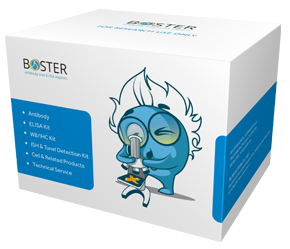Since the late 1960s, the ELISA test has played a role in diagnostic testing for 50 years. The origin of ELISA lies in the idea of finding an alternative method to replace radioimmunoassay (RIA) in the immunoassay. Before ELISA was invented, RIA was the only method for carrying out immunoassays.
In fact, the RIA discovery was not much earlier than ELISA. The first article introducing this technique was published in 1960 by Rosalyn Susman Yalow and Solomon Berson. If someone wants to know about multiplex elisa visit www.bosterbio.com/products/boster-multiplex-elisa-kits.html.

However, with the inception of the RIA, there were concerns about potential safety and health issues. Scientists have suggested finding other labelling methods to replace radioactive labelling. Some of them came up with the idea of using enzyme labels in immunoassays. However, many believe that it is impossible to bind an enzyme as a large molecule to an antibody or antigen without affecting its bioactivity in conjugate reactions.
Despite scepticism and criticism, Perlmann and Schuurs independently devised a method to prove that the use of enzyme-related immunoassays was possible in 1966. During 1966-1970, other scientists continued to develop and improve methods, including solving two critical problems of ELISA. these are "discolouration reactions" and "removal of unspecified conjugations".
Finally in 1971 Eva Engvall and Peter Perlman at Stockholm University in Sweden done an analysis of ELISAof immunoglobulin G) and Anton Schuurs and Bauke van Women in the Netherlands.
The self-published article systematically introduces the EIA / ELISA method. ELISA testing flourished in the 1970s and early 1980s, turning used products commercially into the products we use today.
In the above content, we present the main ELISA story. The imagination and knowledge of other scientists also contributed to the development of the ELISA test.
